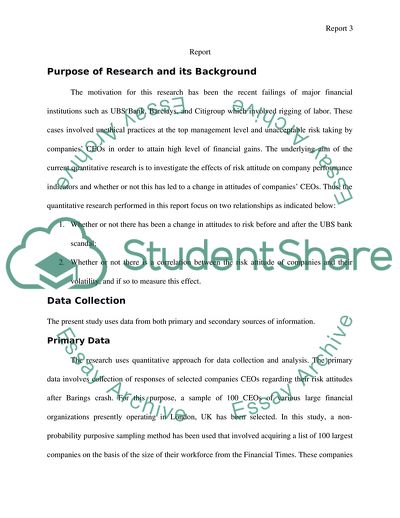Cite this document
(Failings of Financial Institutions such as UBS Bank, Barclays, and Research Paper Example | Topics and Well Written Essays - 2000 words - 15, n.d.)
Failings of Financial Institutions such as UBS Bank, Barclays, and Research Paper Example | Topics and Well Written Essays - 2000 words - 15. https://studentshare.org/statistics/1791394-report
Failings of Financial Institutions such as UBS Bank, Barclays, and Research Paper Example | Topics and Well Written Essays - 2000 words - 15. https://studentshare.org/statistics/1791394-report
(Failings of Financial Institutions Such As UBS Bank, Barclays, and Research Paper Example | Topics and Well Written Essays - 2000 Words - 15)
Failings of Financial Institutions Such As UBS Bank, Barclays, and Research Paper Example | Topics and Well Written Essays - 2000 Words - 15. https://studentshare.org/statistics/1791394-report.
Failings of Financial Institutions Such As UBS Bank, Barclays, and Research Paper Example | Topics and Well Written Essays - 2000 Words - 15. https://studentshare.org/statistics/1791394-report.
“Failings of Financial Institutions Such As UBS Bank, Barclays, and Research Paper Example | Topics and Well Written Essays - 2000 Words - 15”. https://studentshare.org/statistics/1791394-report.


